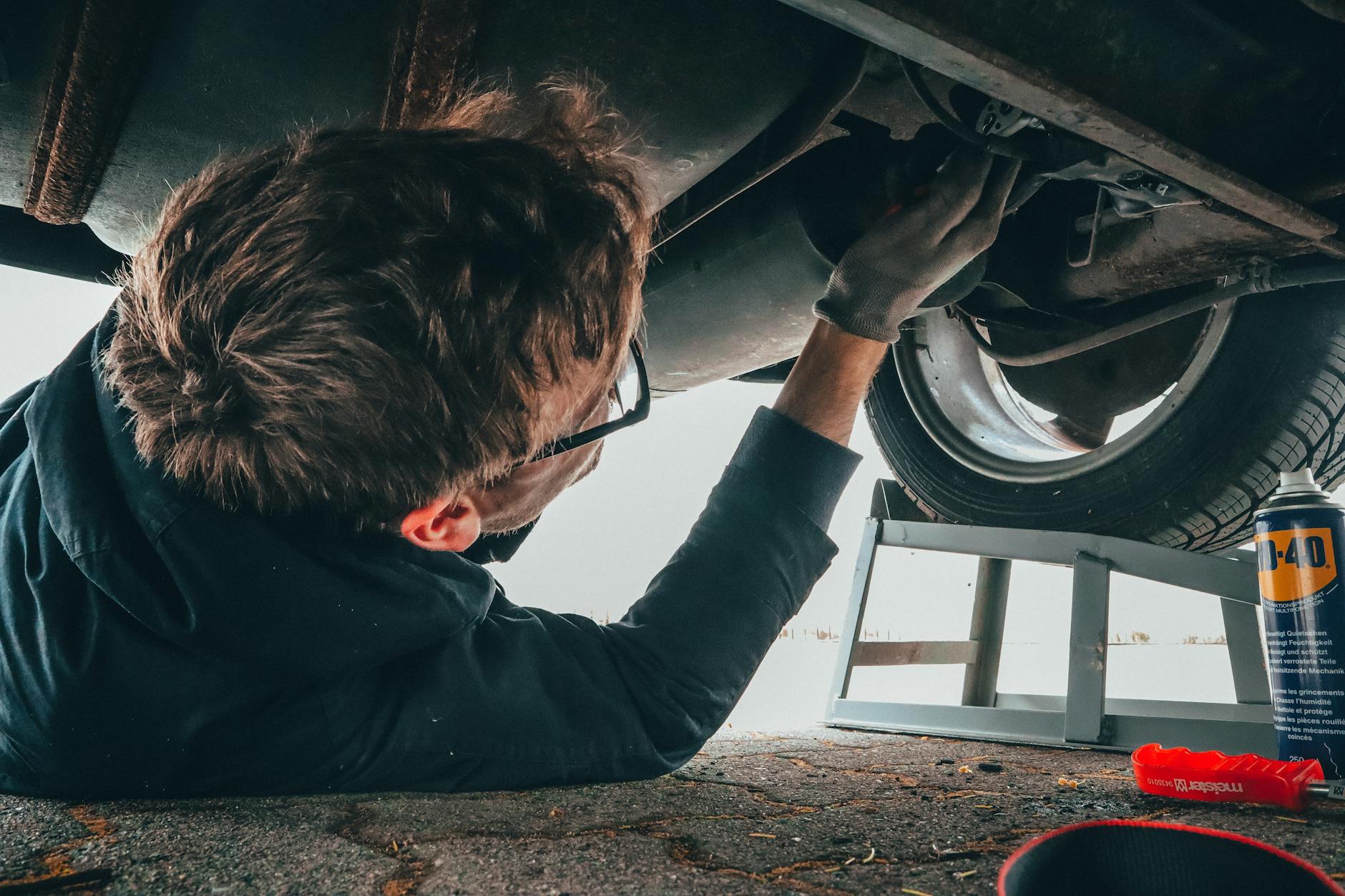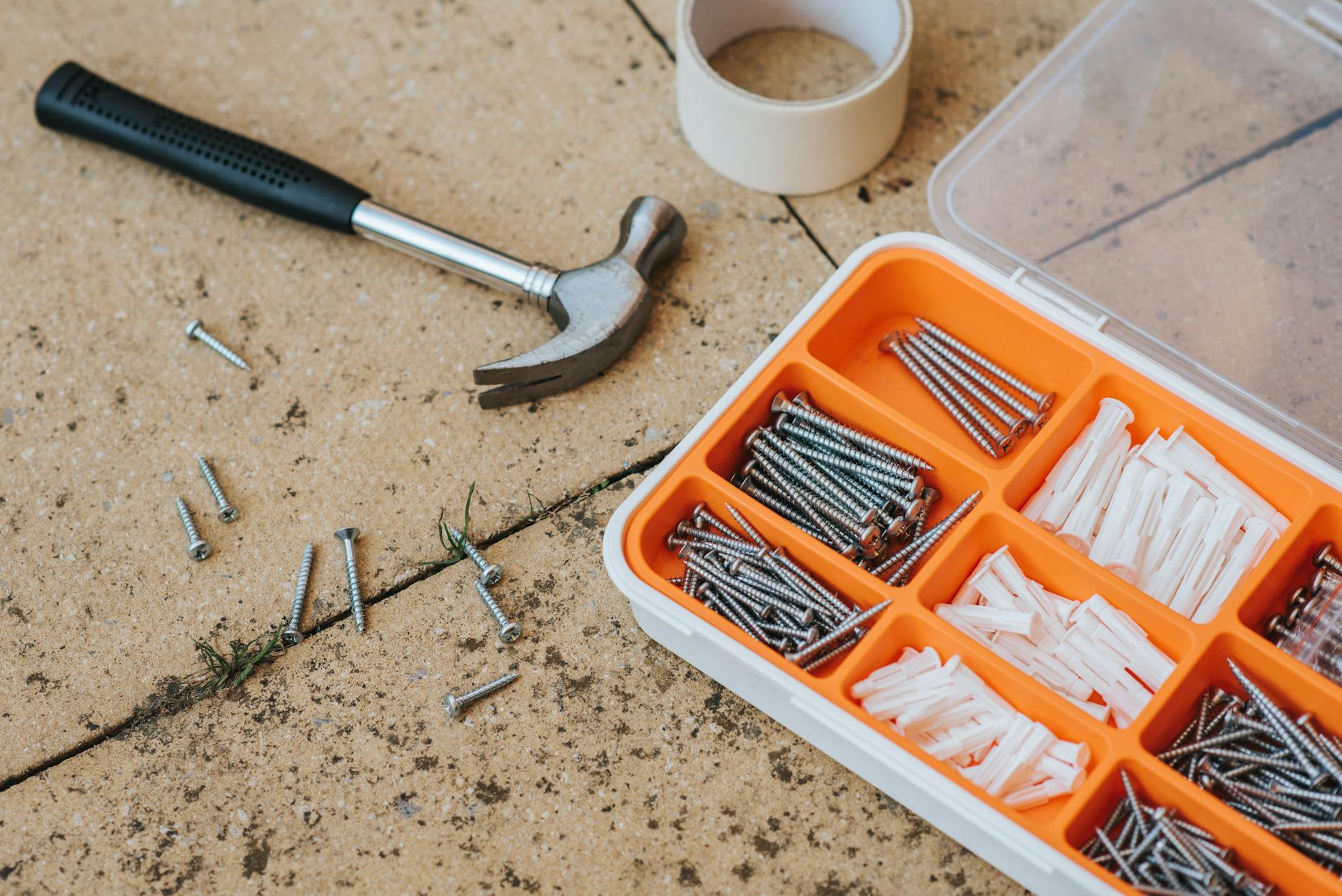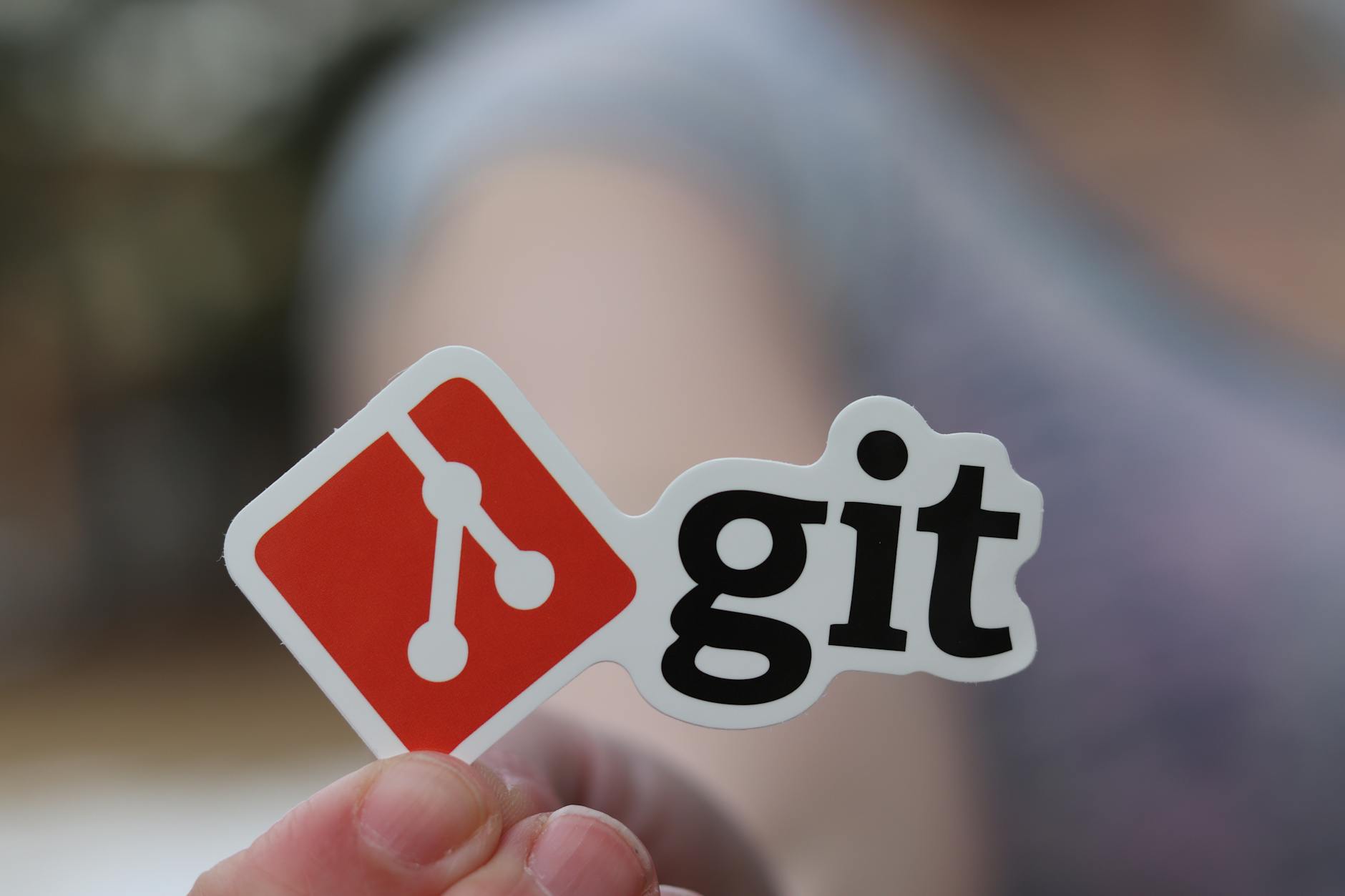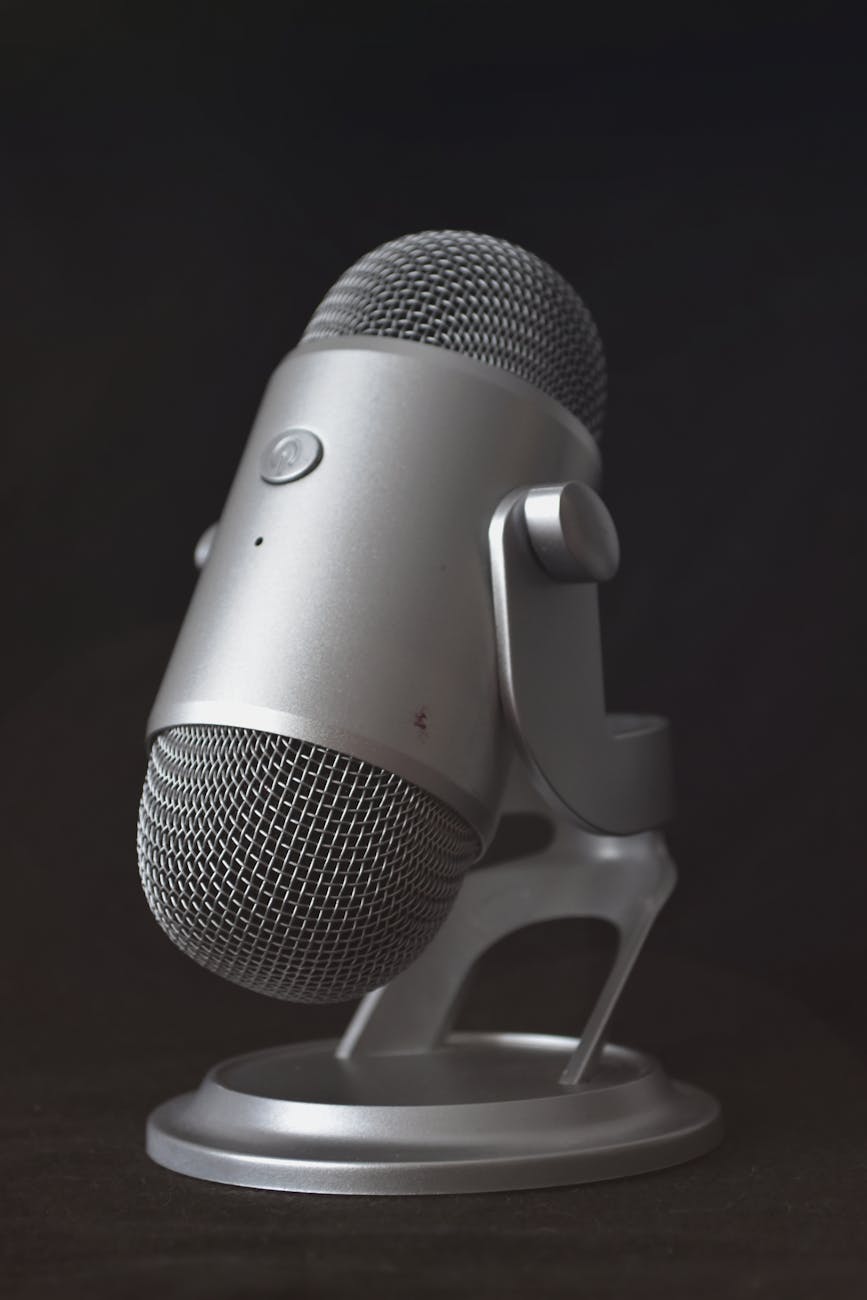OK, as a poor man’s burglar alarm, we’ve been trying to figure out how to use HomeKit Secure Video and also have night lights go on in various vacation and summer homes across an extended family. It turns out that it is pretty tricky to do (and we have one outstanding issue), but here are some notes on how to do this.
Until September Apple Cloud+ you will need a iCloud $9.99 account for every five cameras
OK, the good thing is that HomeKit Secure Video is just that, well secure, the data is encrypted on the Apple servers and the data is really yours. Also, they will store days of video clips for five cameras if you buy the $10/month 2TB plan. Starting with Apple Cloud+, this goes to an unlimited number of cameras. But $10/month isn’t too bad compared with Ring and other systems charge (and most do not guarantee that the video is end-to-end encrypted, that is, only you can see your data, so caveat Emptor).
The way this works is that with the Apple Home application, if you click on the “+” app on the upper right, you can add a new home at the very bottom. This creates a logical collection of cameras and other smart devices. Most importantly, it also sets a location for it, so that you can have things like “alert me when someone I don’t recognize is at the front door when no one in my family is home.”
Create a 2.4GHz dedicated network
While lots of devices don’t really need this from tier 1 OEMs like Eve, a lot of devices have a heart attack if they have to deal with an SSID that broadcasts on 2.4 and 5GHz. Looking at you, Belkin WeMo smart plugs, Vocolinc bulbs (although these mainly just do not pair every), and Satechi plugs 🙂 So figure out how to get a dedicated 2.4GHz SSID out there. Also, some devices do not handle special characters in passwords, so you may need a non-Symbol but long WiFi password. Looking at you the now out of production Greater Good smart scale.
You will need to make sure that this 2.4GHz only network connects all the devices on your LAN (you should not isolate them) because your Apple devices need to see all these smart home devices
First, add devices to each home
So now you have to go to each home and set things up. One confusing thing is that most devices require you to set things up with their native applications and then for each there is a different way to push them into HomeKit. The main reason for this is commercial (they want you to download their application) and practical (because HomeKit direct installation does not handle firmware updates which you definitely want to do.
As an example, here are the installations I’ve used:
- Philips Hue. Basically, when you get a light bulb, you will need a Philips Hue Bridge. This converts from Zigbee (a low-power protocol) to a LAN connection. So the Hue Bridge needs a LAN connection and the light bulbs need to be close enough to be in a mesh. What is confusing is that once you have all this setup, how do you get it into Homekit. It is confusing where it lives, go to
Settings > Voice Assistants > Siri & Homekitthis will push the Hue configuration into your Apple Home. The other alternative is to start from the Apple Home application and choose the upper left Plus sign and then you can scan the back of the Hue Bridge and then click the button and it is added. - With the HomePod Mini, it’s a little simpler, you turn it on and then take your late model iPhone 6S or later, and then just putting it next to the Mini will set it up and put it into your home.
- For Vocolinc, you have to use their application, run the update and then add it.
- For the Eufy, you do the same and then update it and then click on setup for Homekit Settings.
Setting this up is a little tricky because a mistake means a factory reset.
Unfortunately, moving devices across “homes” is pretty hard and in fact editing various home setting is not easy, but here are the things to do:
- The Home Location. This is set automatically and not visible to you in the Home application. Instead, you have to download the Eve for Homekit applications (you don’t need any Eve devices) which exposes the home locations and lets you reset them. We had this problem moving a Home controller where it only registers the location when it was configured and you can’t change it without a full reset.
- Editing home configurations. If you want to edit rooms and things, then it’s not obvious how to do this, go to the upper left menu and click on a home, then when you get to an individual home, clicking on the upper left Home icon gets you to the pane where also Add Home and set home switching (or use the + shortcut at the top).
- The only issue is that once you have added something into a home, you can’t easily extract it, in fact you have to factory reset and then start again.
- Each of the products has a different way to do a factory reset. With the Eufy, you have to power it up and then press the reset switch on that back for 10 seconds.
- With a HomePod mini, I tried the traditional reset (which is basically hold the button at the top until it turns red and counts down), but I found this didn’t work, the HomePod mini would just end up in a configuring loop. Instead, you need to find a Mac and do a restore from there and this fixes it.
Inviting people to your home and configuring their phones, for face recognition
- Now you can “invite” people to your home. There doesn’t seem to be a limit on the number of people you can invite. Unlike iCloud where you have a six family member limit.
- The really confusing part though is that you typically do not want random notifications all the time, what you really want is every time there is a stranger when there is no one home. But to do this requires a four-part dance with your phones.
- So with your phone, invite them to the home which you do with the + icon on the upper-left and click on People. Send them an invitation via email or messages
- Then with their phone, you accept the invite. It is a little confusing because you don’t click on a link, instead, the Home application snarfs up the message and you get a little red icon in the Home Settings area and then you can choose accept and the new Home now appear
- Then you go back to your phone and now in Home/Home Settings, you should see the person in the list and then click on them and set their video rights to stream and record for each camera. And click on the person and then in the Cameras setting click on Stream & View Recordings, so you can see old events. You can also choose Add and Edit Accessories as Yes if you want them to do this, most of the time you won’t
- Now you go back to the phone you are adding and then click on each camera that you have and then on the Gear icon at the top, you will get Face Recognition and you can show who you recognize and let others in your home share your Photos Library. Now go to the Notification and turn on NOtifications on this phone and you have two options which is Time you want to see the notifications and People which you set it as When Nobody is Home and most of the time this is what you want.
- Note that sometimes for reasons I’m not sure about, People is not enabled. Also for older iPhones without iOS 14, you cannot view recordings either.
Now you have to do this dance for every new person you add, so you are going to need everyone’s phone for a bit to make this all work.






